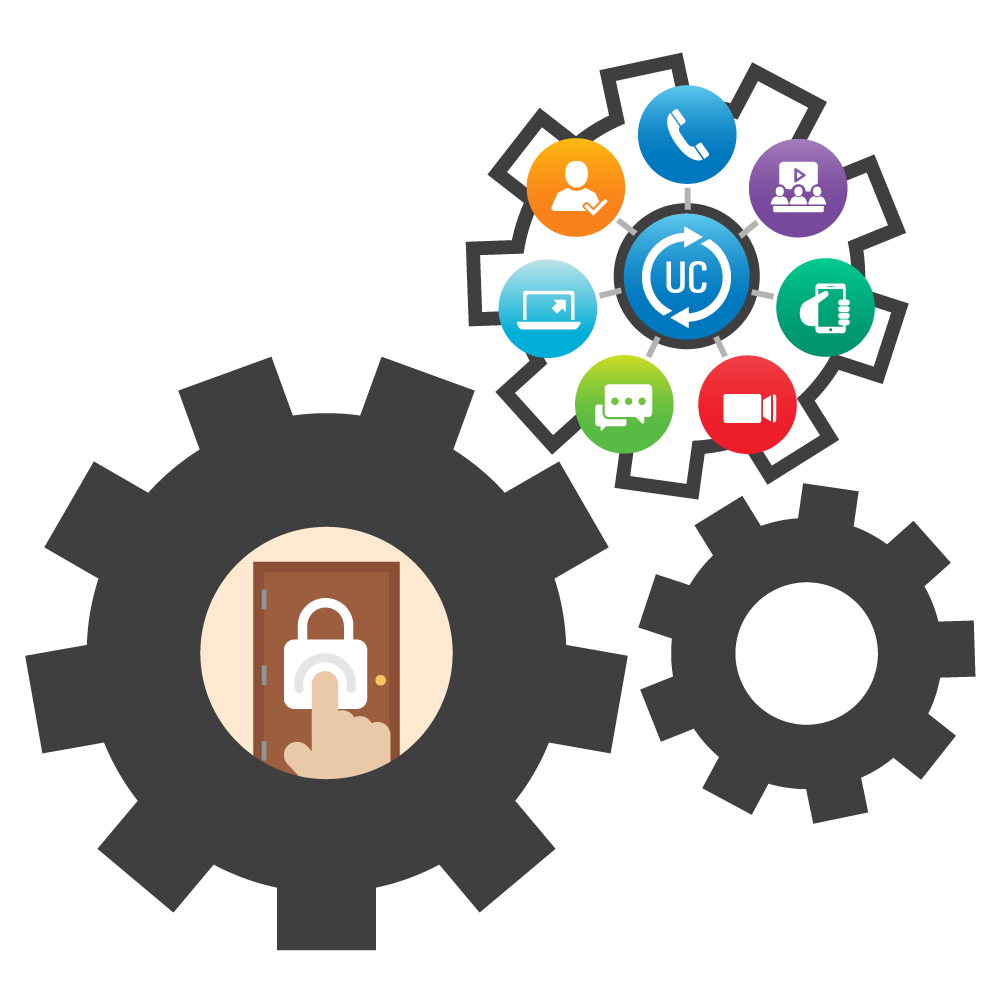System Integration and Security will be Important for the Future of UC
Unified Communication was driven by many things – technological advances in networks for example that made this possible. But even beyond that, it was driven by people wanting to communicate in different ways – ways that were easier and more efficient for them. And it was also driven by companies wanting to reduce costs, because if customer communication could become more structured towards self-help and less towards people and real time communications, costs would be reduced and customer satisfaction could also potentially go up.
Because UC has taken center stage during WFH, business owners have started to understand that having a basic contact center would enable so much better customer service and are demanding basic multimodal contact center features in the UC system. Why have another specific expensive contact center unit (either on-prem or another monthly cloud expense) if the UC system can handle the basic contact center features that would help a small business? Because why not – the UC system already includes multimodal communication potential.
This trend of adding more and more contact center features start to become part of the UC phone system will continue because it saves customers money.
One of the benefits of remote working is that your “office comes with you” – you can access all your applications, including communications, remotely, and people won’t really even know that you’re not in the office. However, there is one big difference, even if it may not be noticeable to you. When you are in the office, you are behind any security protections your company has set up. When you access the internet for example, you are behind security protections. But when you work remotely, these are not necessarily in place. Yes, you may VPN in, which gives some protection, but your house Wi-Fi may still be at risk.
So what does this mean? If remote work is here to stay, then there will be some changes on the security front for sure.
For one thing, it means the employee is taking on more of a role on security whether they like it or not. One idea that will likely gain more traction in a company to make sure you are the person accessing the network is adding biometrics to the access points. Right now, you likely have a password and it is likely a strong password. In the future, we are also likely to see additional security such as voice recognition or fingerprint reading as examples.
Second, more remote working means more cloud-based services. And these cloud-based services are not behind any corporate protection. As such, the cloud providers need to ensure their systems are secure. It likely will involved added security on end devices so there is an end to end secure transmission between your end device and the cloud environment.
IoT will also bring added security risk. The more devices connected to your network, the more potential access points there are. To combat this, we will likely see AI enter the security realm as well. AI can look at trends and see any access anomalies and act on them.
Unified Communications has played a major role in the shift to remote working for knowledge workers. With remote work in some form poised to remain a part of the way most businesses work, UC will continue to be center stage. And that will mean an array of new requirements will be coming to the UC systems, which in turn will mean the UC systems will continue to innovate and evolve.
The post System Integration and Security will be Important for the Future of UC appeared first on Sangoma.







